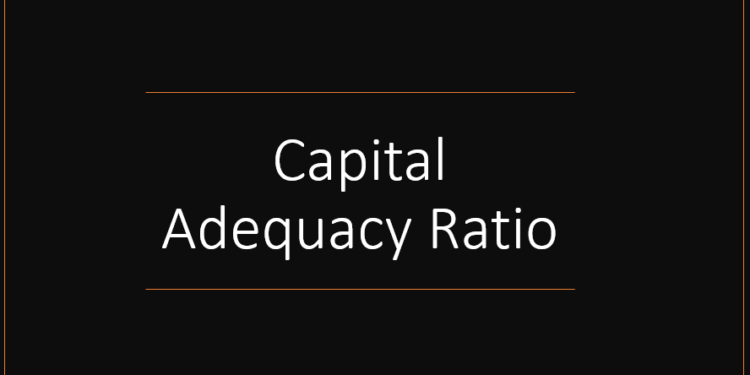Capital Adequacy Ratio of banks shrink by 3.3%
Per the Central Bank, the banking industry’s Capital Adequacy Ratio (CAR) declined to 16.6% but remained above the prudential minimum of 13% as at December 2022 from the previous rate of 19.6% in December 2021.
Capital Adequacy Ratio (CAR) of banks in the country shrunk by 3.3% at the close of December last year.
According to the Bank of Ghana in its 110th Monetary Policy Committee press briefing on Monday, January 30, the 3.3% decline in banks CAR is attributable to losses on mark-to-market investments, increase in risk-weighted assets of banks from the high growth in actual credit, and the price effect of the depreciation of the Ghana Cedi on foreign currency denominated loans.
Per the Central Bank, the banking industry’s Capital Adequacy Ratio (CAR) declined to 16.6% but remained above the prudential minimum of 13% as at December 2022 from the previous rate of 19.6% in December 2021.
Capital adequacy ratio (CAR) is a measurement of a bank’s available capital expressed as a percentage of a bank’s risk-weighted assets and liabilities.
Capital Adequacy Ratios mandate that a certain amount of the deposits be kept aside whenever a loan is being made.
These deposits are kept aside as provisions to cover up the losses in case the loan goes bad.
The banking sector’s profitability indicators, namely, the return-on-equity and the return-on-assets, the BoG noted, also declined during the period, in line with declining profit after tax and profit-before-tax, respectively.
The non-performing loans (NPL) ratio however improved to 14.8% in December 2022 compared with 15.2% in December 2021, on account of high credit growth, relative to the increased stock of NPLs between the two periods.
Source: norvanreports.com


